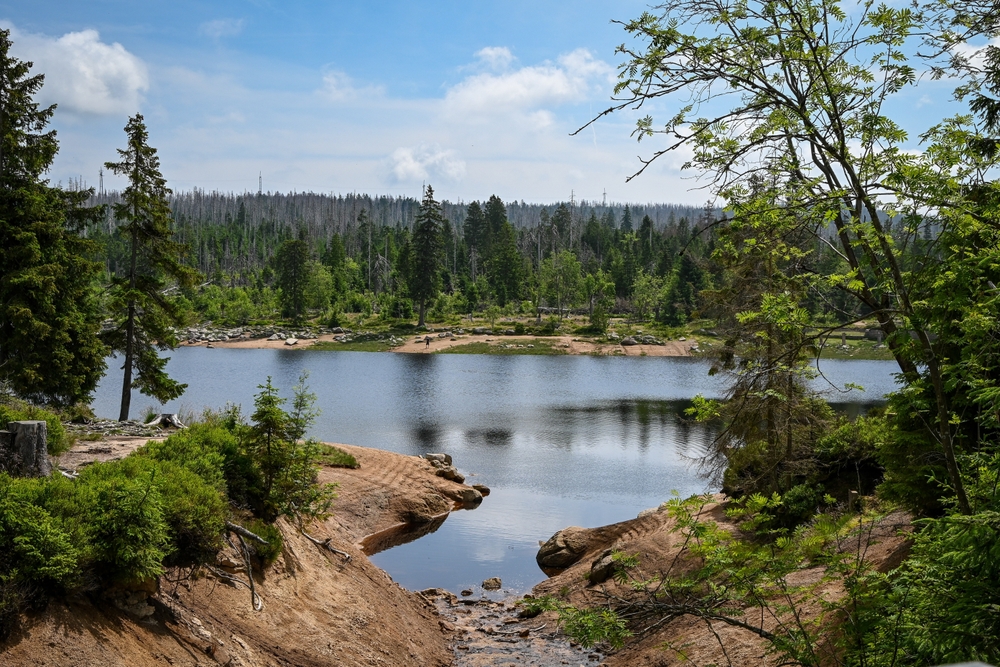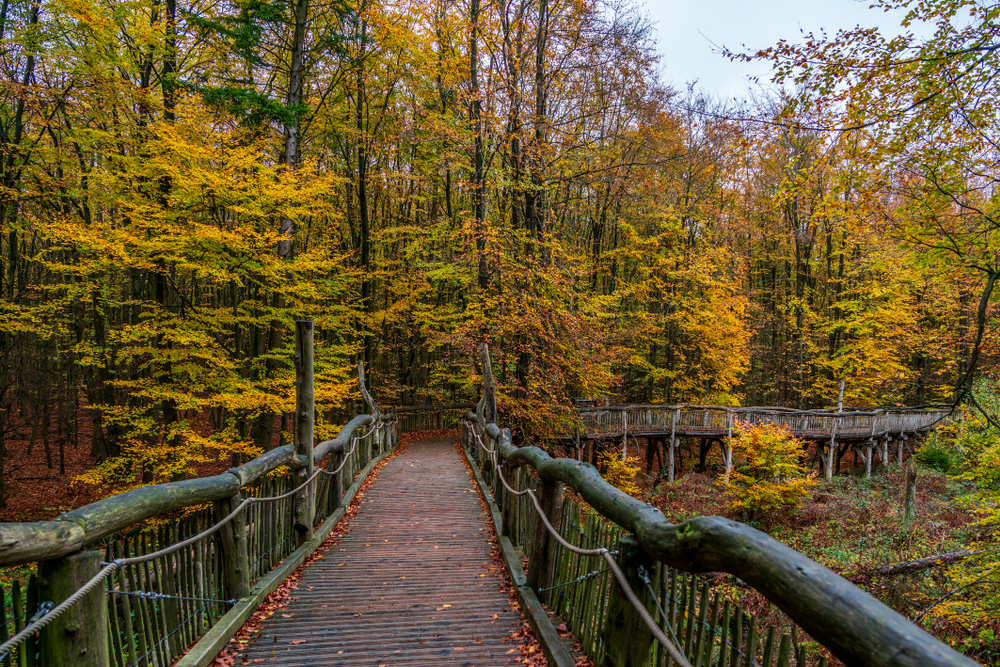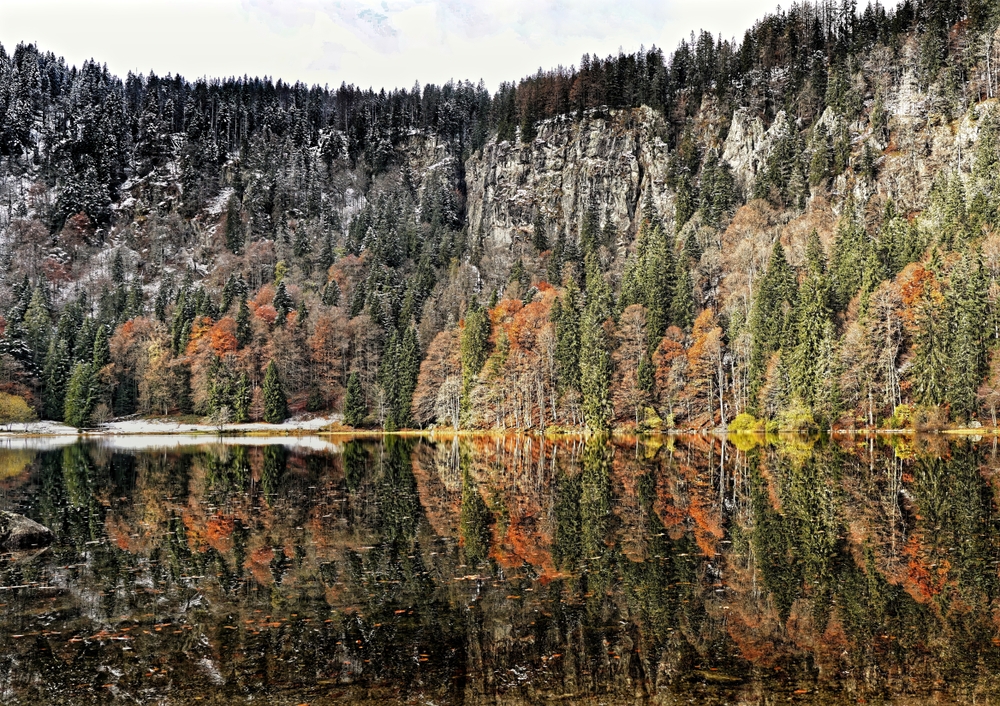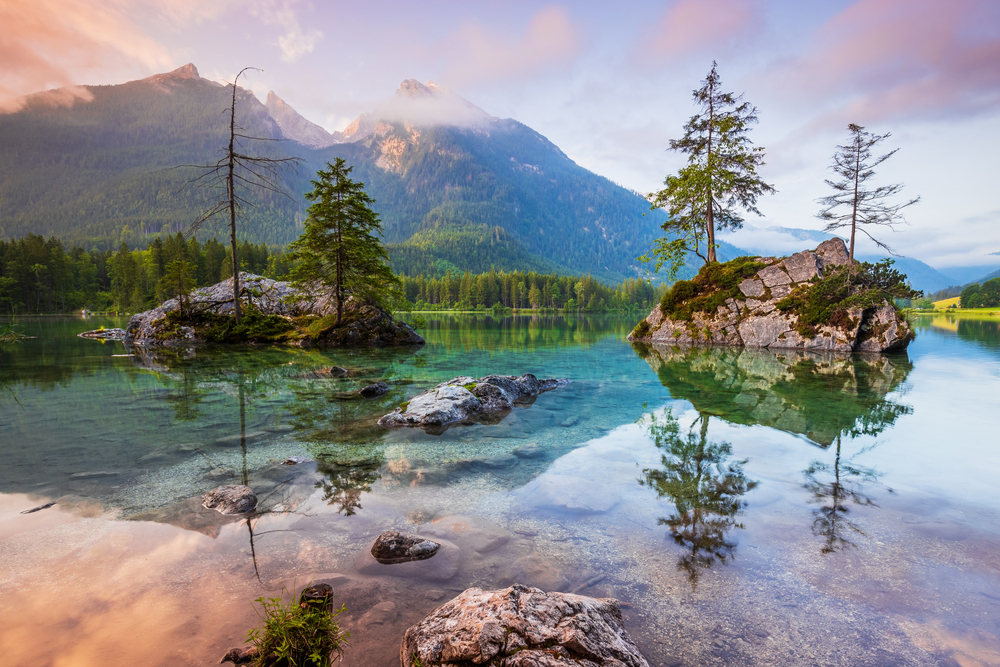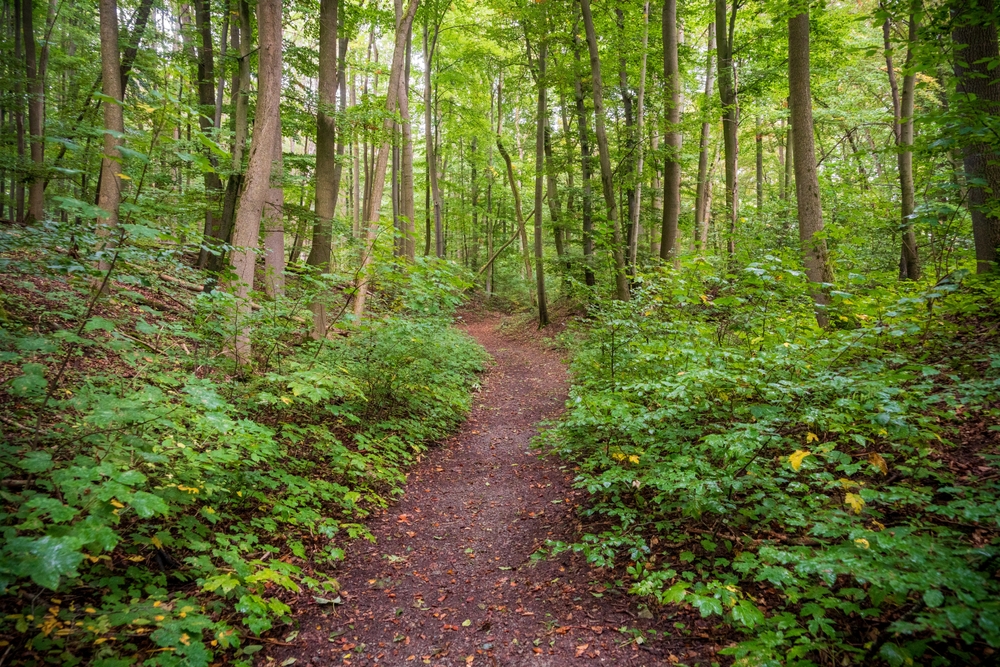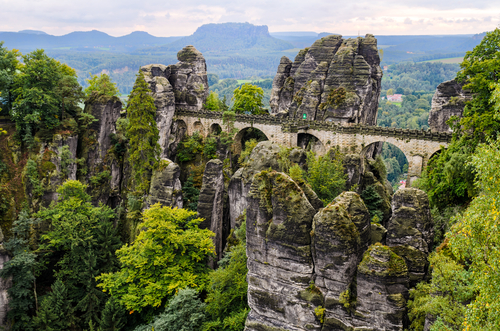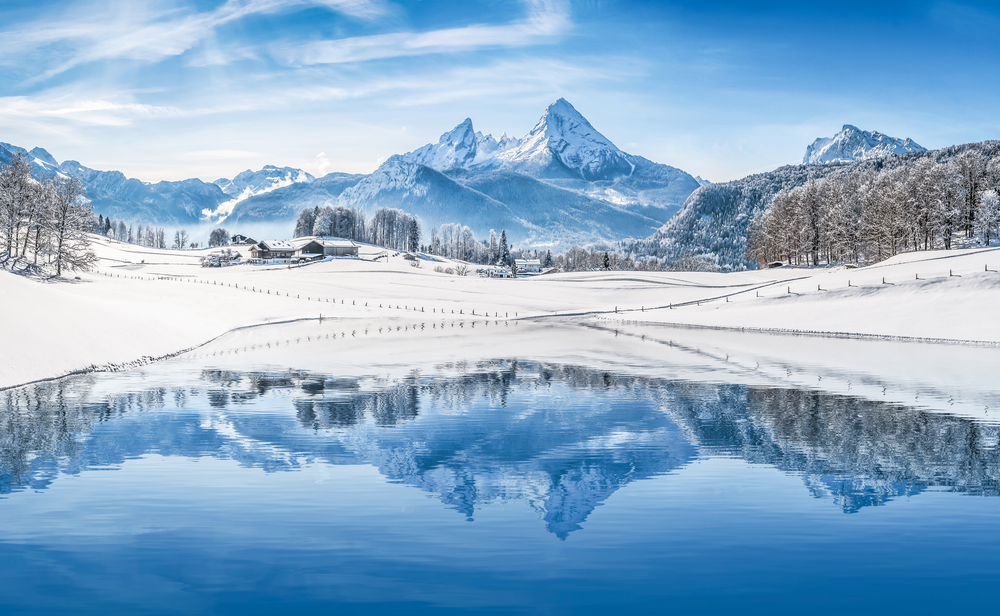Harz Overview
Harz National Park, or Nationalpark Harz in German, is a stunning protected area located in northern Germany, spanning across the federal states of Lower Saxony and Saxony-Anhalt.
Covering approximately 96.3 square miles (249.3 square kilometers), the park encompasses a vast stretch of the Harz mountain range, Germany’s northernmost highlands. Established in 1990 and later expanded in 2006, Harz National Park is renowned for its rugged landscapes, dense forests, and dramatic peaks, with the Brocken, the highest mountain in northern Germany at 3,743 feet (1,141 meters), serving as the park’s most iconic feature.
The park’s terrain consists of steep granite cliffs, deep valleys, and fast-flowing streams, all shaped by centuries of natural erosion and glacial activity. Throughout the park, visitors will find extensive spruce and beech forests, as well as subalpine meadows and moorlands, which provide a unique and diverse ecological setting.
The park’s diverse habitats support a rich array of wildlife, with several species that have become emblematic of conservation efforts in the region. The Eurasian lynx, once extinct in the area, has been successfully reintroduced and is now a symbol of the park’s biodiversity. Red deer roam the forests, while wild boars and foxes are common sights throughout the region.
Bird enthusiasts can spot a variety of raptors, including the majestic Eurasian eagle-owl and the peregrine falcon, which soars above the park’s rocky outcrops. Woodpeckers, hazel grouse, and black storks also find refuge in the park’s forests. The park’s rivers and wetlands support amphibians such as fire salamanders and various frog species, further adding to the park’s ecological richness.
Harz National Park is a haven for outdoor enthusiasts, offering a wide range of activities that allow visitors to experience its breathtaking landscapes. The Brocken, shrouded in myths and legends, is one of the park’s biggest attractions, drawing thousands of visitors who hike its many trails or take the historic Brocken Railway, a nostalgic steam train that ascends to the summit.
Hiking is one of the most popular ways to explore the park, with over 370 miles (600 kilometers) of well-marked trails that traverse dense forests, high plateaus, and deep ravines. The Harzer-Hexen-Stieg, a long-distance hiking route, is particularly famous for its scenic beauty and historical significance, following ancient paths once used by medieval traders and believed to be linked to the region’s folklore about witches and spirits.
Cycling and mountain biking trails also wind through the park, offering a more adventurous way to experience its diverse landscapes. In the winter, cross-country skiing is a favored activity, with snow-covered trails providing a peaceful and picturesque setting.
Conservation remains at the heart of Harz National Park’s mission, as efforts continue to restore and protect its natural ecosystems. The reintroduction of the Eurasian lynx stands as one of the park’s greatest successes, symbolizing the restoration of predator-prey dynamics in the region.
However, challenges persist, particularly concerning forest health. The park’s vast spruce forests have suffered from bark beetle infestations, exacerbated by climate change and rising temperatures, leading to widespread tree die-offs. Rather than intervening extensively, park management has adopted a strategy of natural regeneration, allowing the forest to recover on its own and transition to a more resilient mixed woodland.
This approach aligns with the park’s philosophy of allowing nature to take its course, creating a more sustainable and biodiverse environment for the future. Through ongoing conservation efforts, public awareness programs, and sustainable tourism initiatives, Harz National Park continues to serve as a model of ecological preservation and a sanctuary for wildlife and nature lovers alike.








































































